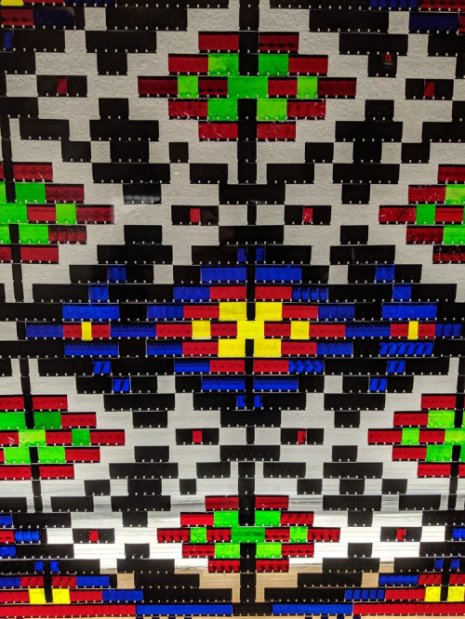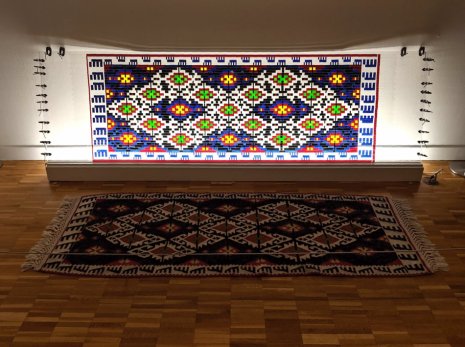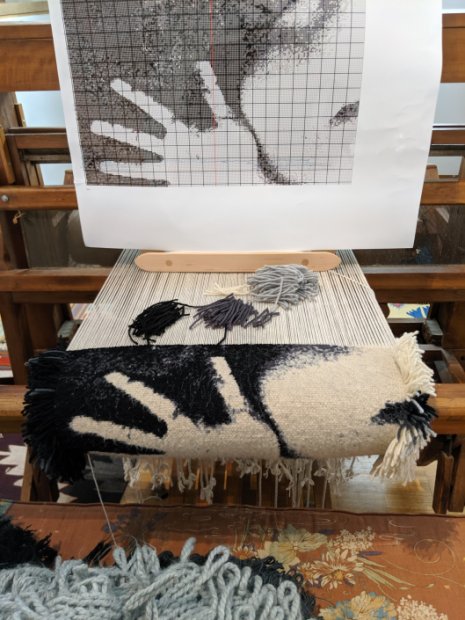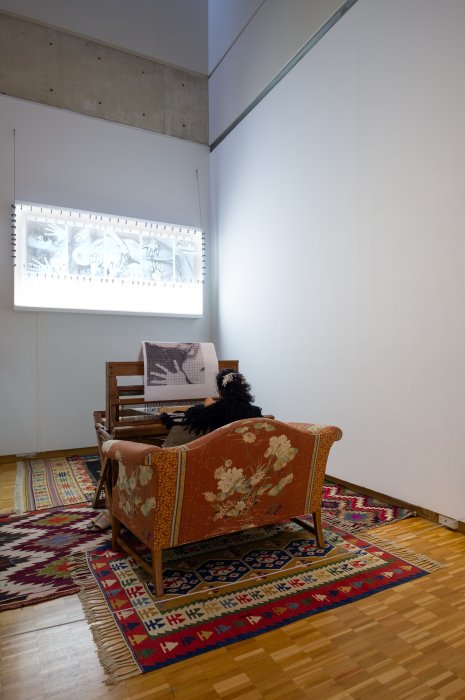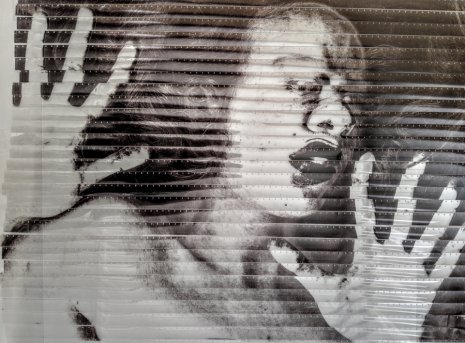In Nazli's Words...
I studied in a midwestern public university with a rigorous analogue film history and emphasis on artist-made and experimental film. I am interested in the physical materiality of film and for the past fifteen years have developed a rigorous practice based on the similarities of the skin and the body to the organic material that makes up a physical film strip. As a person of color with an Islamic background who immigrated to the US during the Bush era, I rarely saw any sort of representation of my body in the history of structural or artist made films. This gave me an objective in my early career to create a new language in our field, adhering to those formal gestures but also actively challenging and questioning the ethics of the camera and those who came before me. The main influence on my work is navigating survival and working through trauma and immigration and poverty.
My films are entirely hand-made, from the beginning to the completion of each piece. I only use a laboratory to finalize copies of my work for public screenings. My process is to film color and black and white reversal stock, and hand-process everything myself. I use some atypical methods to achieve desired perfection/imperfection with my imagery. I record, edit and process my own soundtracks and treat the audio the same way I would treat an image. I am known for my use of direct text on film, embedded frame-by-frame by hand. I have used techniques like scratching, typing, sewing or hammering letter punches or punching the text directly onto the image.
Historically, the film camera has been used as a weapon, especially in the disciplines of anthropology and ethnography. It could be used to harm communities, creating a divisive gaze, or insisting on a singular colonial “vision” coming from the privileged perspective. This creates a power dynamic between the object and the subject, between the person filming and the person being filmed. In addition to the exploitative nature of photography, the injury could also be direct and physical. Because of this power dynamic, I’ve always believed that the most problematic aspect of ethnographic filmmaking is filming people and other bodies native to that land, assuming the filmmaker is not a part of that history. There is an ethical distinction on what objects can be removed from their original meaning. Separating human bodies from their environment by using a camera cannot be anything other than a colonizing act. This is painfully apparent to those coming from tourism-based societies where “culture” is sold as an experience to outsiders, functioning as another act of colonization. The bodies a filmmaker borrows that benefit their career and “vision” do not necessarily give voice to those communities filmed. In my early career, I formed all of my short films to function as an answer to the ethnographic trends in experimental filmmaking popularized in the past two decades. These were simple acts, making a film as a native to my own land, bringing a white and cisgender subject into a “exotic” location and exploiting their body instead, and turning the camera towards my own body.
I had to learn to be comfortable not receiving a teaching position despite building up a strong career as an artist. Post graduate school and the decade that followed, I centered being able to make my work over securing an academic position. This meant working in the service industry, as a technician at film festivals and other odd jobs because adjunct teaching positions paid less than minimum wage. I stayed afloat while making and showing my work. I experienced homelessness for about two years throughout this period.
I am slowly coming out of a creative hiatus after going through a set of surgeries for gender transitioning. The yearly cycle of surgery/complications/medical navigation/insurance not covering gender affirming care/continuous healing has been brutal on my wellbeing and creative output. I find this pause to be fundamentally necessary in order to adapt into a new form so I can sustain an artistic practice that thoroughly examines my own body.
My practice moves continuously as I find most value in responding to others who make work in my community. I move in and out of varied circles that include farming vegetables and animals, foraging, and also co-operative communities that overlap with academic and artist run spaces. I like looking at general patterns and processes and try to offer a perspective that differs from repeated language and trends in experimental work. I have been researching sustainable co-operative structures and worked for three seasons in organic vegetable farming. I have been learning how to frame and build houses. I recently started focusing on performance. I see all of these acts being similar to one another as they are all about pushing the physical body to the limit, are studies in structure, form and growth and also loving and connecting to other people. I'm steadily re-engaging with my work and climbing to a place of producing as I settle into this new body. There are profound challenges to being an immigrant, transgender person of color in this country during this time. I anticipate that my artwork is shifting to read as a call for visibility instead of a call to recognize the invisibility of women's labor.
I’m currently working on several sculptures that use medical waste collected from surgeries and interventions related to transitioning. I’m making comfort objects like blankets made from discarded syringes and pillows made out of pharmacy bags. I plan to perform in long durations with these artifacts.


